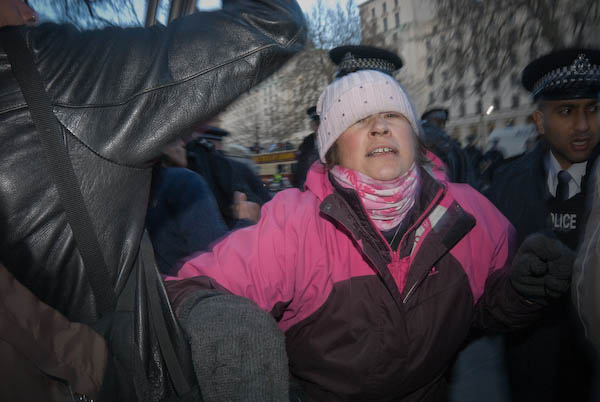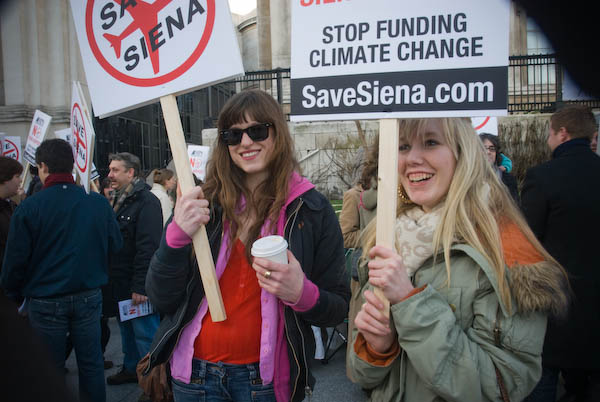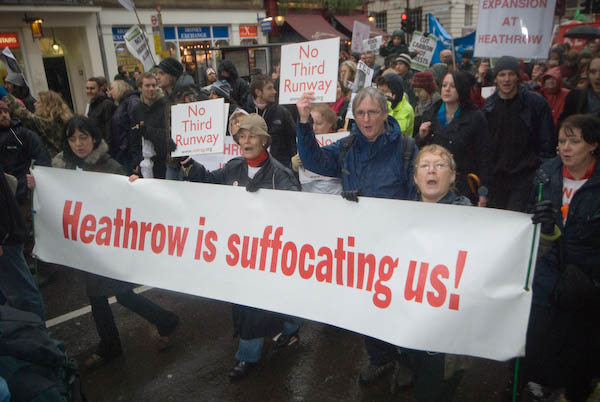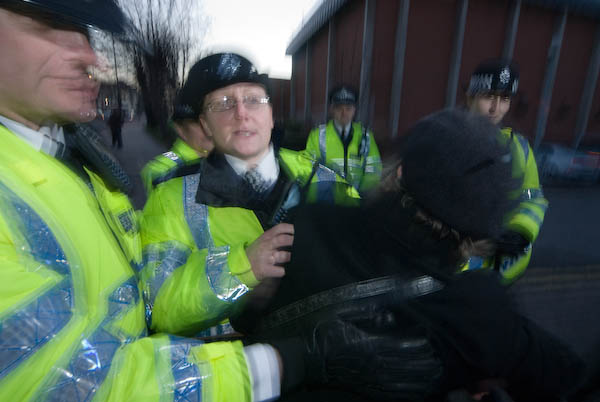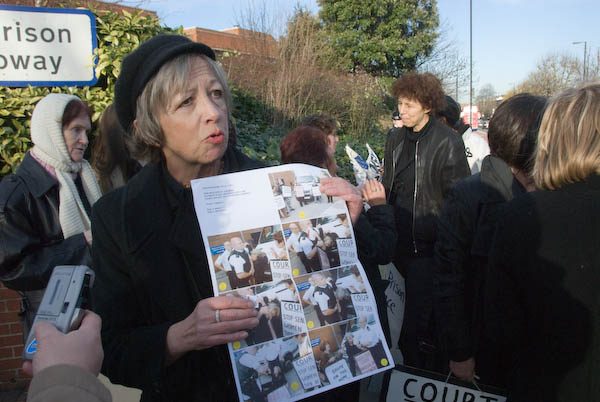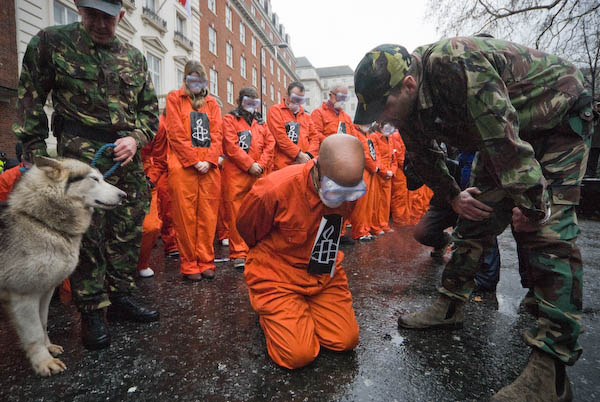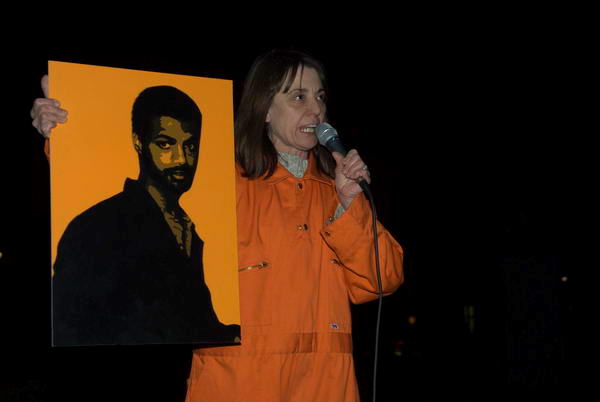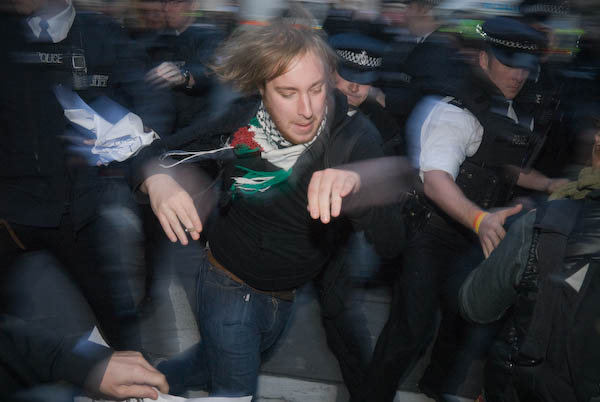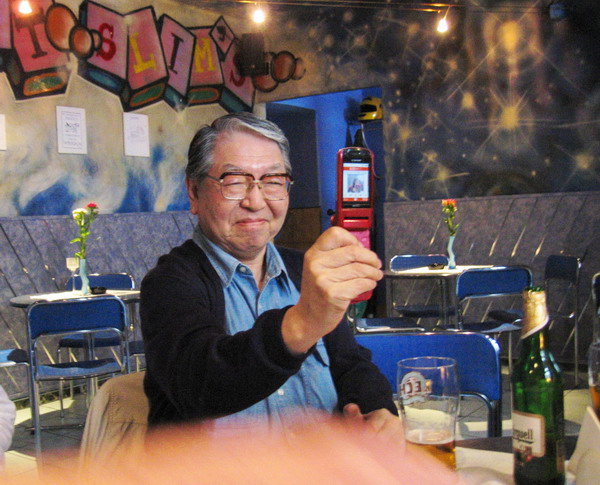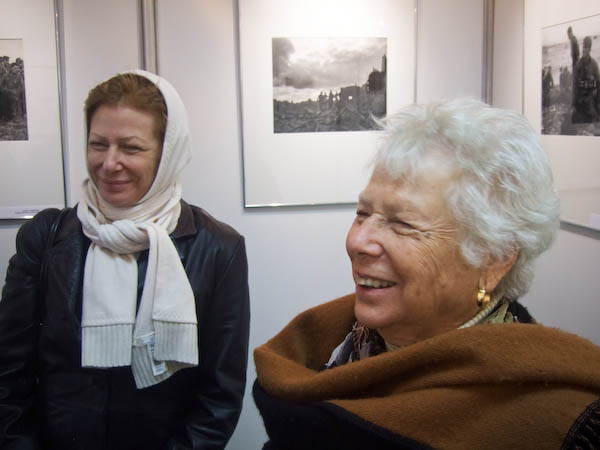Many of us have had the rather gloomy experience of clearing out a house when an elderly relative dies or goes into a home, and over the years I’ve seen quite a few photo essays around this theme, with photographers often photographing the house they grew up in as it is cleared ready to be sold.
I’ve done similar things myself, though more often regretted the fact that I never managed to get round to recording such places as my father’s old workshops at the back of his family house, sold when I was away from home at about the time I took up photography seriously. His premises were a health and safety officer’s nightmare, with a more extensive collection of tools from the cart-building trade than I’ve seen in any craft museum. But around 1970, nobody was interested in such things.

My Aunt’s house (C) Peter Marshall
Years ago, when one of my aunts moved out the home in which she had lived for around 50 years into sheltered housing, I did go round and photograph her, and her house in a small series of pictures, just before she moved.

My Aunt’s house (C) Peter Marshall
But most of the pictures I took, and almost all of those sets of work that I’ve seen by others in the past, have perhaps been too personal, too linked to the photographer’s own memories, to be of much interest to others. But there are exceptions, and one of them inspired this posting.
What made me think about this are a set of 12 pictures by Norwegian photographer Oyvind Hjelmen, ‘A House that was Home‘, on the ‘Lens Culture‘ web site. This series of a dozen small square images (the original prints are 12x12cm, exactly the size that I see them on my monitor) demonstrate Hjelman’s sensitivity to light and the subject. As Jim Casper writes, they “reverberate with a visual language of archetypes, memories and dreams.”

House that was Home VI
(C) Oyvind Hjelmen
Jim has written rather more that you can read on the site, and I’ll leave it to him rather than write more myself – so do take a look. The above image from this series is also available as a signed limited edition print from Lensculture editions.
You can find out more about the photographer on his own web site which has four portfolios, including ‘House that was Home‘, which has one picture not shown on Lensculture.
Despite using Flash, it is a very clean and nicely designed site that is reasonably fast to load. The text is in English, although Google thinks otherwise and tells me “Yvonnee Charlotte Erdal bor i Bergen og er en anerkjent fotograf både innenfor kunstnerisk og kommersielt foto,” suggesting I might like to restrict my search to English sites. Fortunately I’m not so chauvinistic and though seriously linguistically challenged I don’t let it worry me. After all it is the pictures that matter, and they are worth looking at.
